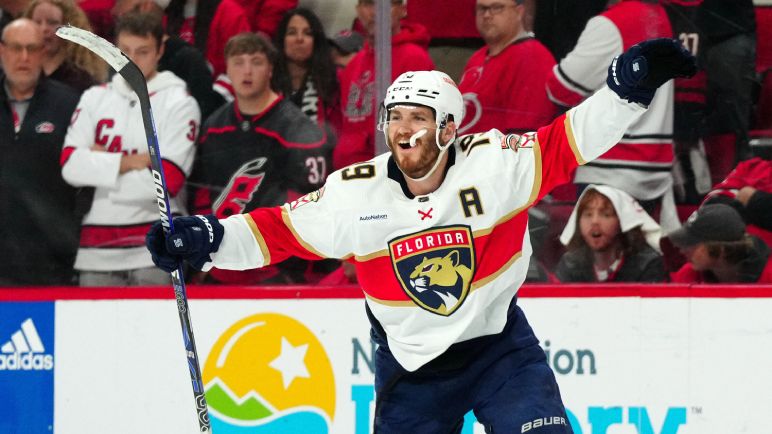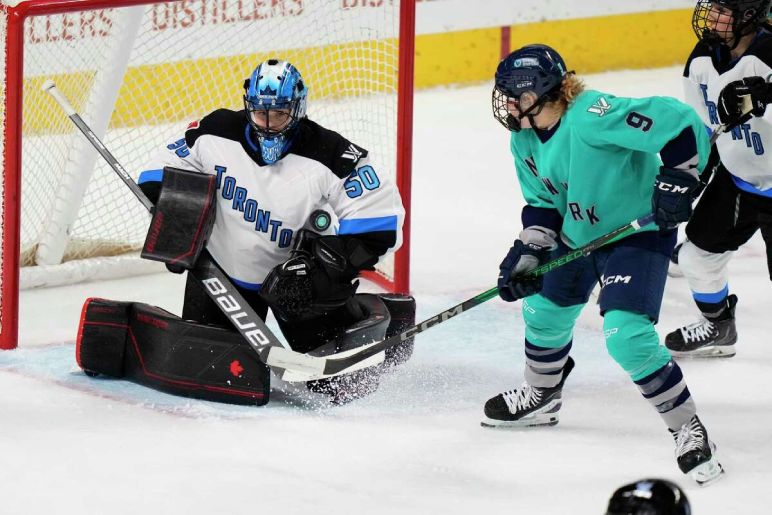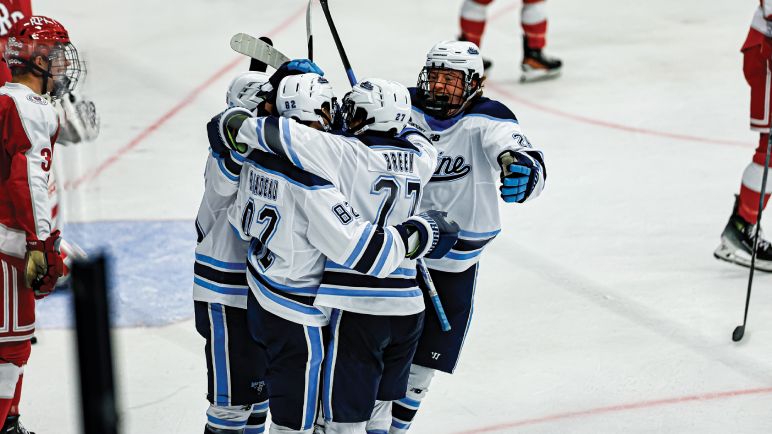The world of sports is diverse, with each game having its unique set of rules and regulations. Hockey, a fast-paced and thrilling sport played on ice, stands out with its three-period structure, unlike many other major sports that adopt halves. This raises the intriguing question: why do hockey games have three periods? In this blog, we’ll explore the historical, strategic, and physiological factors that led to the adoption of this format in hockey.
Historical Evolution of Hockey Periods

To understand why hockey games have three periods, we must delve into the history of the sport. Ice hockey has its roots in various stick-and-ball games played on frozen ponds in northern Europe. As the game evolved, particularly in Canada where it gained immense popularity, the structure of playtime underwent several changes.
In the early days of organized ice hockey, games often featured two halves, similar to many other sports. However, as the sport progressed and the need for standardized rules became evident, the decision to switch to three periods was made. The shift occurred gradually, with key influencers realizing that breaking the game into three segments offered numerous advantages.
Strategic Considerations

The adoption of three periods in hockey was not arbitrary; it was a strategic decision that brought about a dynamic and engaging style of play. Unlike sports with halves, such as basketball or soccer, hockey’s three-period system allows for strategy adjustments and momentum shifts between periods.
Each period serves as a distinct phase, providing teams with the opportunity to regroup, reassess tactics, and make necessary adjustments. Coaches can strategize and adapt their game plan during intermissions, fostering a more dynamic and unpredictable gameplay. This strategic element adds an extra layer of excitement for players and fans alike.
Additionally, the three-period structure allows teams to showcase their resilience and adaptability. A team that may have struggled in the first period has the chance to turn the tide in the subsequent periods, creating a narrative of comebacks and underdog victories that captivate audiences worldwide.
Broadcasting and Commercial Considerations

The three-period format also aligns well with broadcasting schedules and commercial interests. Television networks and advertisers benefit from the structured breaks between periods, allowing for commercials, analysis, and highlights. This format ensures that broadcasters can engage their audience during intermissions, providing insights and keeping the viewers entertained throughout the game.
Furthermore, the commercial breaks between periods provide teams and players with a moment to rest, recover, and receive medical attention if needed. This not only contributes to the overall health and safety of the players but also allows for a more entertaining and competitive game as players can perform at their best after brief intervals of rest.
Physiological Factors

Another crucial aspect that contributed to the adoption of three periods in hockey is the physical demand of the sport. Hockey is an intense and physically demanding game that requires bursts of high energy, quick decision-making, and rapid movements on the ice. The three-period structure ensures that players have adequate time to recover and maintain their performance levels throughout the game.
Research into sports physiology supports the idea that dividing the game into three periods is beneficial for players. It allows for more efficient energy management, reducing the risk of fatigue-related injuries and ensuring that the quality of play remains high. This consideration of players’ well-being has become increasingly important in modern sports, contributing to the continued popularity and success of hockey as a sport.
Comparison with Other Major Sports

To appreciate the significance of hockey’s three-period structure, it’s essential to compare it with the formats of other major sports. Basketball, for instance, features four quarters, while soccer has two halves. Baseball, a sport with no set time limit, is divided into innings.
The uniqueness of hockey’s three-period format lies in its combination of strategic breaks, commercial viability, and physiological benefits. While other sports have their reasons for adopting specific time structures, hockey’s three periods stand out as a well-balanced approach that caters to the sport’s intricacies.
Conclusion

In conclusion, the decision to have three periods in hockey instead of halves is rooted in a combination of historical evolution, strategic considerations, broadcasting needs, and physiological factors. This format has proven to be successful in creating a dynamic and engaging game, allowing for strategic adjustments, showcasing team resilience, and ensuring the well-being of players.
As we continue to witness the evolution of sports, it’s essential to appreciate the thought and consideration behind the rules that shape each game. Hockey’s three periods not only contribute to the sport’s excitement but also serve as a testament to the sport’s adaptability and commitment to providing an entertaining and competitive experience for players and fans alike.
Have A Look :-
- How Many Ex-NBA Players Are Jehovah’s Witnesses?
- From Helmets To End Zones: The ABCs Of American Football
- Us Open: Novak Djokovic Tames Taylor Fritz To Enter Record 47th Grand Slam Semi-Final

